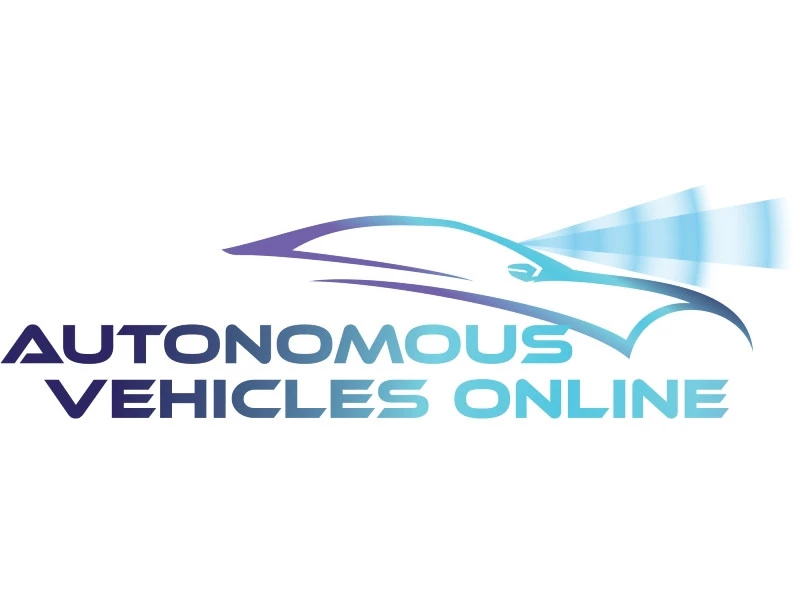Auto IQ weekly news roundup, including Hyundai, Nissan and Volkswagen
Add bookmarkThis week on Automotive IQ we posted our latest infographic – a timeline of when certain autonomous technologies are likely to arrive and which OEMs are spearheading the charge.
Derived from a rough scribble used in the office to keep tabs on which OEM has offered – or at the very least promised – what technology, and when it might hit the road, the infographic is free to download here.
Also on the site, we posted our EV and PHEV highlights from the Tokyo Motor Show, and an article on the challenges faced by engineers as they strive to develop sensor fusion methods for self-driving cars.
Here’s some other stories that we spotted this week:
Hyundai launches machine learning smart cruise control
Hyundai has announced its industry-first AI-equipped cruise control. The tech effectively learns a driver’s habits, then replicates them when the ADAS is active.
The algorithm uses sensor information to automatically adjust how closely the car follows other vehicles, how aggressively it accelerates, and how quickly it responds to changing driving conditions. When combined with the firm’s forthcoming automatic lane change assist, the system offers level 2.5 autonomy.
The smart cruise control has been created in order to offer a driving experience that’s more comfortable and less anxiety inducing when control is handed over to the car
Nissan’s new EV test car features autonomous prep
Alongside the new-car debuts at the Tokyo show, Nissan also revealed some details of its next-generation EV powertrain, currently undergoing testing using modified Leaf EVs. The setup features an e-motor on each axle, giving a total output of 227kW.
But what’s more interesting is the car’s chassis control tech. Both motors offer regenerative braking, but the chassis system uses this to minimize pitch and dive when slowing down. The firm claims this “reduces the potential for motion sickness and related discomfort,” which are increasingly significant once the car can drive itself.
The chassis system also includes torque vectoring by braking on all four wheels, with the aim of giving maximum control with minimal driver effort.
Volkswagen Golf 8 goes hybrid, connected
VW has been churning out Golfs since 1974, selling over 35 million units in that time. Having delayed the original launch – the Golf was supposed to appear at the Frankfurt Motor Show, but VW went all in with the ID3 instead – the new eighth-generation model was unveiled in Wolfsburg last night.
A couple of things stood out – most notably that this Golf represents a bridge between VW’s past and its electric future. For example, you can still get a diesel, just about, but VW is keener to play up the fact that the car will be offered with no fewer than five hybrid variants, and adopts 48V tech.
The Golf also includes some car-to-x features for traffic alerts that can be shared with other similarly-equipped cars, and all models have an eSIM fitted, ensuring that the car is connected to the internet at all times. This allows OTA software updates, too.






























